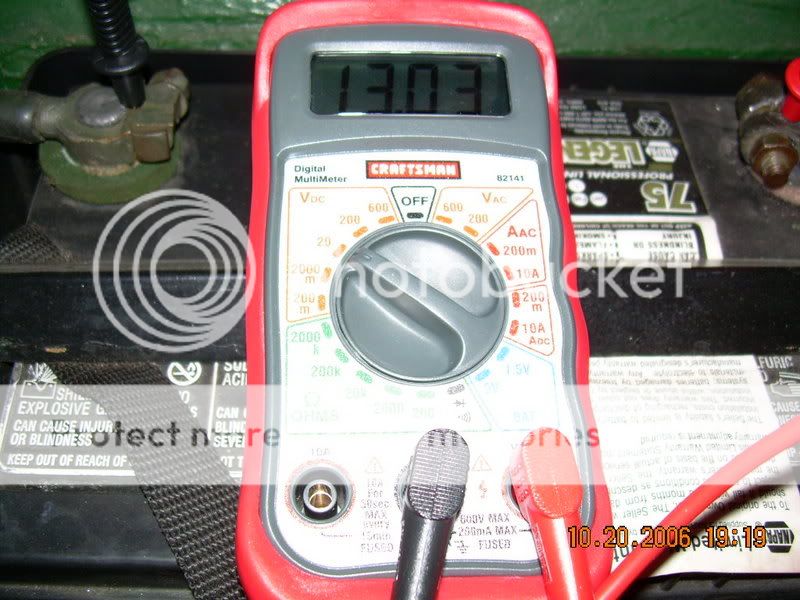Offline
Greetings all! So, I actually found a correct replacement rebuilt alternator for my 250. I also installed a new battery at the same time just to make sure that everything was taken care of.
So here's my *new* issue. Since installing the new alternator, my ammeter remains exactly between C and D when I'm at idle, but moves towards C as rpms increase. So, when I'm driving, it moves from the midpoint towards Charge as rpms increase. I also noticed that my turn signals blink more rapidly as my rpms increase. Does that sound like my voltage regulator is toast?
Thanks as always!
So here's my *new* issue. Since installing the new alternator, my ammeter remains exactly between C and D when I'm at idle, but moves towards C as rpms increase. So, when I'm driving, it moves from the midpoint towards Charge as rpms increase. I also noticed that my turn signals blink more rapidly as my rpms increase. Does that sound like my voltage regulator is toast?
Thanks as always!

 Hi Guest!
Hi Guest!

 smilie in place of the real @
smilie in place of the real @
 Pretty Please - add it to our Events forum(s) and add to the calendar! >>
Pretty Please - add it to our Events forum(s) and add to the calendar! >> 

